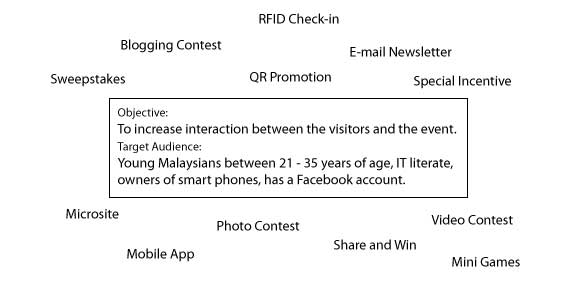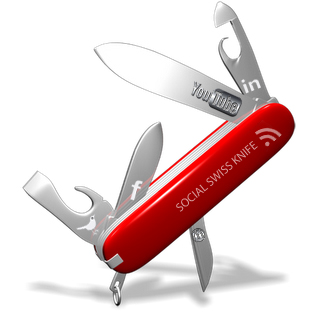Social Media for Entrepreneurs: The Basics

Note: This is Part 1 to the Social Media for Entrepreneurs series.
“With power comes great responsibility”
I’ve always found that quote from Spiderman to be so very true. The thing is, social media networks over the years have become a checklist item for entrepreneurs, business owners and individuals alike, so much so that people are just doing it because it is THE thing to do.
They forget that social media is a force to be reckon with and cannot be taken lightly. It is not something where you setup and forget or a tool to make you money in your pyjamas.
Have that said, here are 4 responsibilities entrepreneurs should take note of on social media:
#1: Stay dedicated
It is easy to give up especially when you’re lacking in followers / fans or when no one seems to be reading your articles, replying to your posts or retweeting your content. But instead of throwing in the towel saying “It does not work”, ask yourself, “Why isn’t it working?” instead and do something about it.
Could it be your approach? Could it be your timing? Or could it even be your profile description? Remember that you’re dealing with people on social networks behind those pretty avatars therefore it can take some time before you catch their attention. Again it is a game of trial and error. Never give up!
However, be aware that social media can be a major time suck. Something as simple as replying to a comment can lead on to many other activities and distractions so set a time for yourself to be ‘at work’ on social networks and turn it off when you’re done so you won’t miss out on ‘real work’ in your business.
#2: Learn, and never stop learning
You need to be in the know as an entrepreneur, especially if you’re on social media and having not enough time is NOT an excuse. Technology and business today are moving so quickly that it might cost you if you are oblivious to what’s happening. Besides, it is just unforgivable if you’re not taking time off to learn especially with the abundant of resources online today.
Reading 3 articles a day can take you very far and that will probably just take you less than 10 minutes. I have personally subscribed to a number of feeds on my Google Reader so that I won’t miss out on what I deem as important such as technology news, social statistics / infographics and marketing insights. You should, too!
#3: Ignore the glitter

It is extremely easy to get caught in the glitter as an entrepreneur. Yes, like a magpie. It can be the iPhone 7 (new gadgets), Mega Hootsuite (new apps) or whatever that is supposedly made to help ease the workload on social networks.
Sure, there are tools or gadgets that WILL help (and I use a number of them) but do you need the latest of them or even at all? Choose your tools wisely and work with them. Remember, it is quality engagement you need on social networks so complete automation is not necessarily a good thing. And if you’re thinking about auto DMs on Twitter, forget it. It ain’t cool!
Disclaimer: the gadgets and apps mentioned in this section are all made up and is not to be represented as a rumor, leaked information or marketing attempt for any kind.
#4: Don’t abuse the usage of social media networks
Now before you go trigger happy with social media networks, you should be mindful that there are certain social media manners and rules to adhere to. Take Facebook for example, tagging your followers / friends on a promotional flyer, posting on their walls to promote your product, and pestering them to “Like” your page are seen as spam. A rule of thumb is to not do to others what you don’t like others doing to you.
As for rules, know that the Facebook rules and guidelines forbids you using Facebook as a promotional platform. This includes contests of any kind. Sounds familiar? Yes, this means a contest of “Likes” or “Tagging” or “Sharing” are all prohibited on Facebook.
I wrote this article some time back on this and though much has changed, the gist of it still remains. Check it out if you’re unsure about the Facebook promotional guidelines.
What’s your experience or advice to entrepreneurs on social media? Do leave your thoughts at the comment section below.
This is Part 1 to the Social Media for Entrepreneurs series. Quick access to the series below:
[ Introduction | Part 1: The Basics | Part 2: Why It’s Made for You | Part 3: The Reality | Part 4 ]
Next up in Part 2: Why Social Media for Entrepreneurs?
3D glasses image credit: CoolGadgetConcepts.com

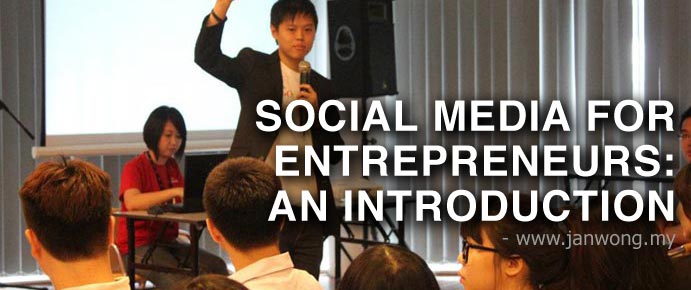

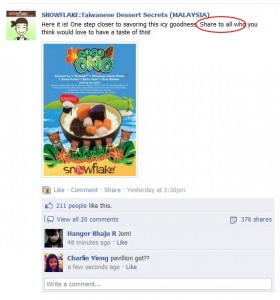
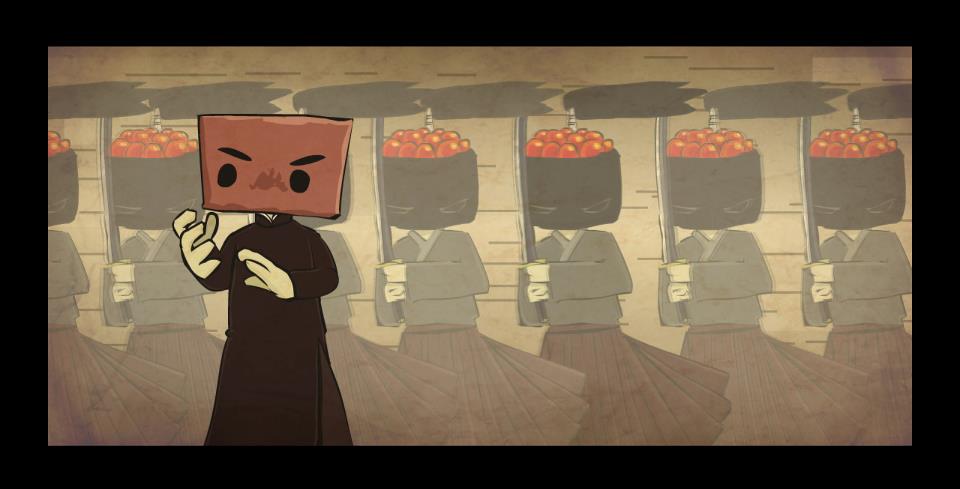
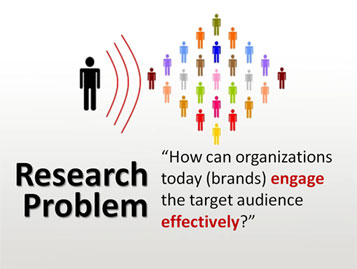


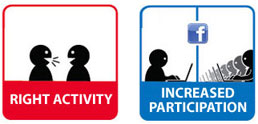
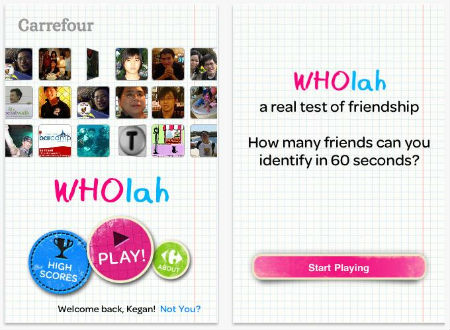
 The app ‘Wholah’ requires the player to
The app ‘Wholah’ requires the player to 



